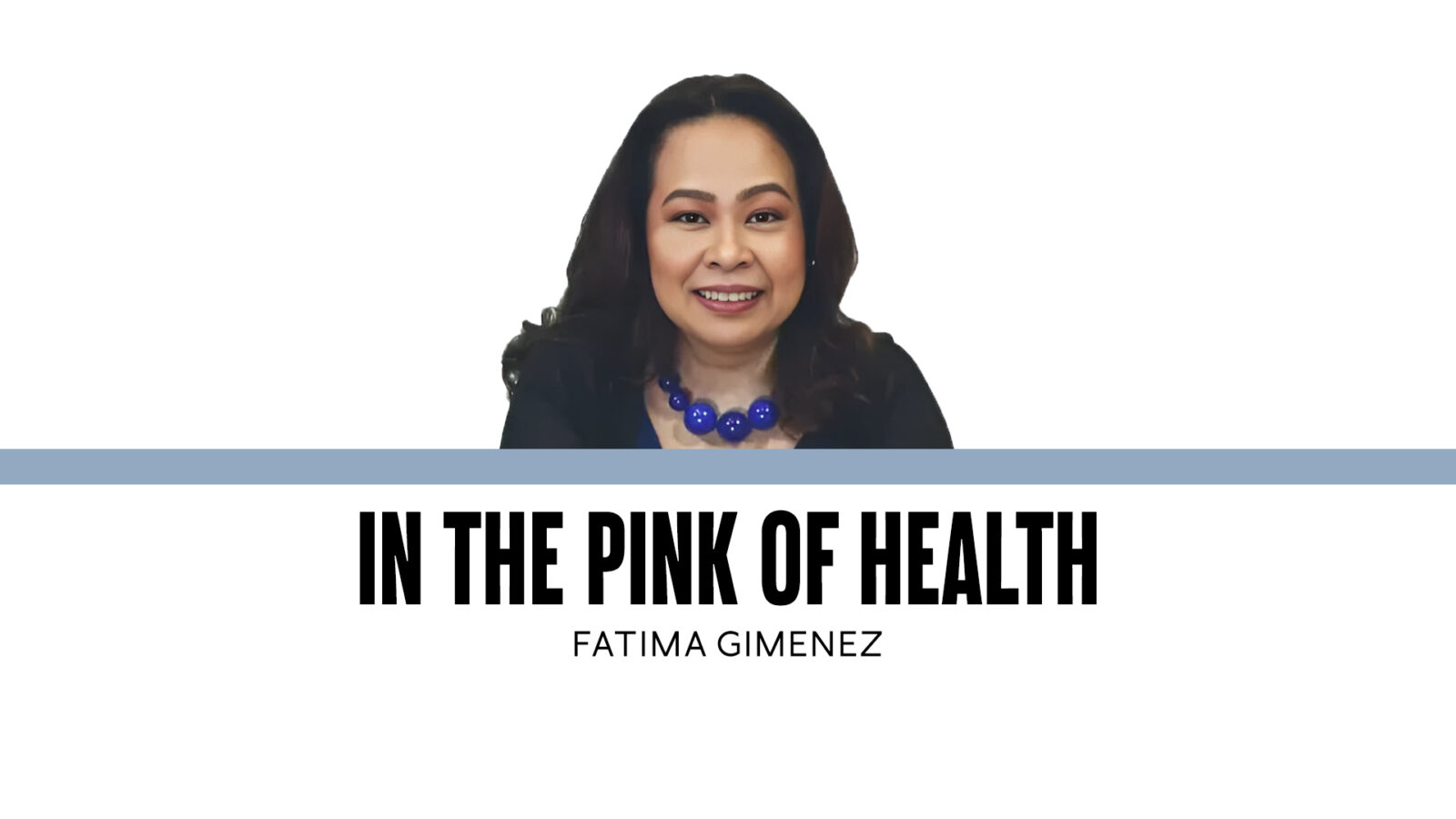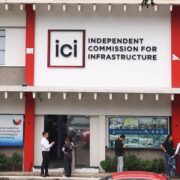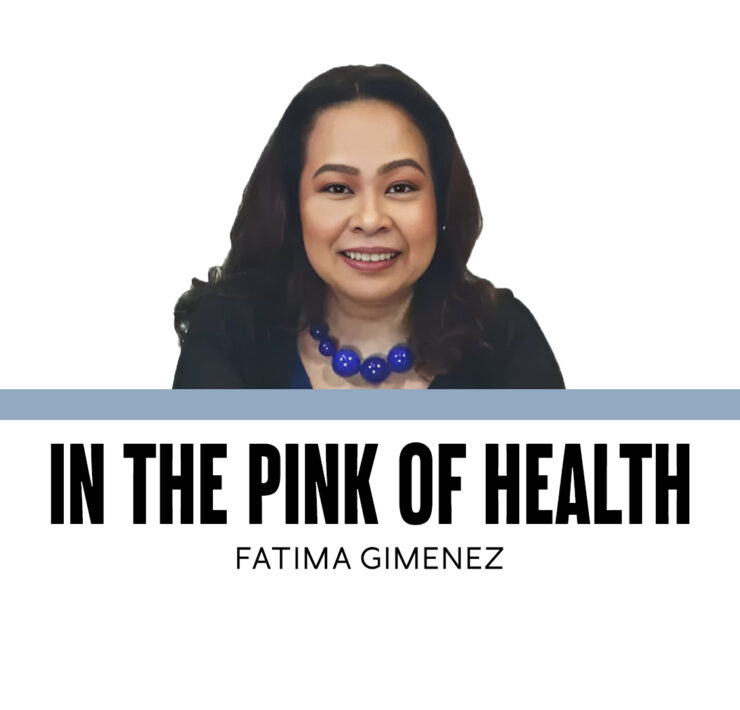Nutritional banking

In a recent local talent show, a toothless winner tearfully proclaimed that his prize money was way too much, as his only dream was to make sure that a kilo of rice was enough to get through the day.
His student had fainted during the flag ceremony. Upon further probing, he found out that she had budget constraints and, to make ends meet, she would always scrimp on food. He was a public school teacher who shared that this was a real concern among students.
They worked as construction workers and spoke of drinking water from the stream. Experiencing occasional bouts of diarrhea as a result was not alarming to them. Bottled water was expensive and would significantly affect their take-home pay.
The 2023 National Nutrition Survey, conducted among 36,703 households nationwide, documented that three out of every 100 households suffer from severe food insecurity—an increase compared to previous years. For children aged six to 19 years, two out of 10 were stunted. In the five-to-10-year-old group, 8.4 percent were wasted. These numbers are stand-alone pieces of evidence of acute and prolonged periods of having inadequate or lacking access to food. Everyone is aware of the interrelatedness of nutrition, infection, overall-growth potential, and productivity. It doesn’t take much to understand how this can be a contributing factor to our dismal performance in international student assessment tests.
Two weeks ago, a pediatric gastroenterologist shared an article by Bullecer et al. about food banking and its contribution to the improved daily caloric intake of preschool children in Taguig and Bacolod. This was to be the featured topic for the Society’s webinar this Nutrition Month. This information led me to the website of Rise Against Hunger and the various programs that they are instituting to alleviate food insecurity. Looking at their framework to end hunger, which was fashioned into a circle, one can’t help but think that this must have been created by individuals with generous and compassionate hearts, but also by strategists who knew how to channel ideas and operationalize them. Probing deeper into its history revealed that the organization initially named Stop Hunger, was founded by Ray Buchanan, a United Methodist minister, and John Hewitt, a tax expert and entrepreneur, in 1998.
At the center of the circular model are the words, ”It starts with a meal.” Layered around it are the key priority areas, which include addressing food security and providing education and livelihood opportunities, which can be possible through partnerships with local communities, volunteers, and donors. For those who may want to help but just don`t know how, knowing where you may be able to best contribute your time, expertise, and resources can be of great assistance.
Let us count the ways.
Donate funds. These can help support their mobile kitchen in the provision of nutritious meals and dietary supplementation to identified communities and vulnerable populations needing it the most.
Support food banks. The Good Grocer, which is recognized by the Global Foodbanking Network, is the first food bank in the country. Food surplus from partner companies is collected to help provide families with both essential food and nonfood items. It is also a repository of produce from the Good Food Farm, a community farm that helps ensure that the food bank has a steady supply of fruits and vegetables grown from sustainable agricultural practices. Of the many laudable projects that Rise Against Hunger Philippines engages in, one that can be replicated across the country is the food bank located at the Nueva Vizcaya Agricultural Terminal. Farmers get to barter their excess or unbought produce for essential supplies. Through this process, nothing goes to waste and the schoolchildren, who are among the target beneficiaries of feeding programs, get to partake of more nutritious food.
Give your time. Have you ever been involved in meal packaging events? Encourage companies, societies, and organizations to host one or several. This may be one worthwhile activity that could be included in your annual strategic planning. Beyond the tax benefits applicable to donations, think about how it could impact those involved. It might just be the spark for needed inspiration that could give someone a better sense of purpose, provide that needed mental-health break to simply refocus on priorities or space to learn to be present and grateful to be in a position that enables them to lend a helping hand.
For those who have never known hunger and lack or even witnessed it firsthand, there may be some degree of difficulty understanding how certain situations that may seem unimaginable are the reality for a larger part of our population. Hopefully, through this gentle reminder of our current situation, we can all work together to do our share to rise above or even end hunger.
No gesture is too small or too big.


















